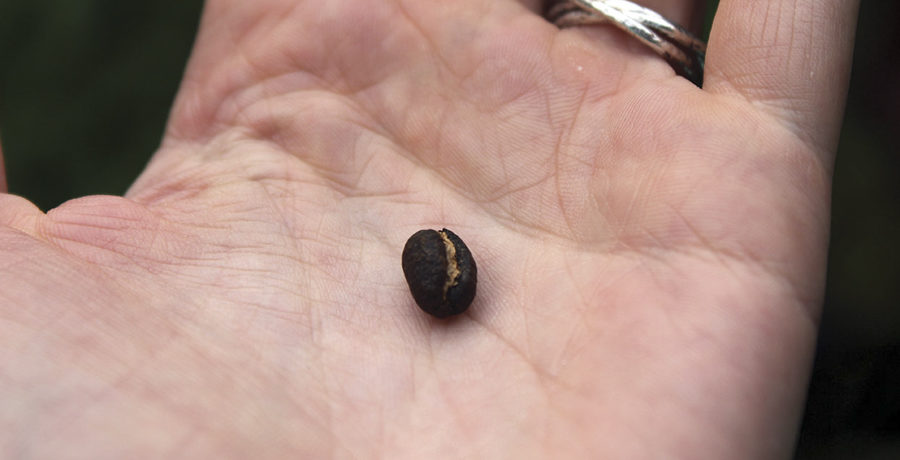About two hours east of Managua, Nicaragua, deep inside the rainforest, two Richmonders shared an experience that will forever change the way they serve a cup of coffee in RVA. Coffee beans can be turned into a beverage that is loved by millions at any time of the day. A lot of people take their coffee for granted and don’t know exactly where it comes from or how it’s sourced. Beans, granulated or instant coffee can be bought from thousands of locations, like supermarkets or farmer’s markets, or even be delivered right to your door with the help of coffee subscriptions like Iron and Fire, but how do the coffee beans get from Nicaragua to the table in front of us.
Stephanie Garnett, owner of Richmond’s Lift Coffee, and Mia Tankersley, manager of Lift, recently spent a week working on a farm called Selva Negra, or Black Forest, named for its lush canopy. “We set up this trip with the aim to gain a better understanding of the process from plant to cup,” says Tankersley.
What they returned to Richmond with was much more.
Learning to pick coffee cherries with a resident picker, Garnett and Tankersley were allotted one hour to pick as quickly and accurately as possible. “As we compared our laughably empty baskets we started to understand just how much time, energy, and effort goes into each batch of beans,” explains Tankersley. “After picking we went to the wet mill, where the beans are plucked from their outer cherry meat and separated into different fermenting tanks, and then they were off to the dry mill to bake and dry out in the sun.”
Next, the beans were de-husked, to remove the final dry and crackly shell around each bean, and sent along a conveyer belt under the watchful eyes of seasoned sorters who pick out the damaged beans from the healthy ones. Tankersley says the insect-bitten or broken beans go to gas stations, chain stores, and restaurants, while the perfectly whole beans are sold to shops like Lift in Richmond.
It was when Garnett and Tankersley weren’t picking beans that the real education began. The entire Selva Negra estate, which is both ‘Certified Organic’ and a member of the Rainforest Alliance, only produces one 55-gallon barrel of trash per week and produces less CO2 on a daily basis than the average American household.
“Absolutely everything that can be recycled, is,” says Tankersley. She points out that methane gas on the farm is captured from livestock feces and harnessed underground, then used as cooking gas for the pickers who live and work on the farm. And the hydroelectric plant on the estate generates almost all of the energy necessary for the entire mountain. Food waste is either fed to livestock or used in a highly regimented and calculated composting system that feeds and nourishes the coffee plants. “Basically, in the event of a zombie apocalypse, Selva Negra is the place you’ll want to be,” laughs Tankersley.
Making the farm possible, between 400 and 800 people work on the estate at a time, depending on the season. The farm’s owners provide housing to the pickers who have been on the farm the longest (some families are in their third generation of workers). Tankersley says that to incentivize the families to keep their houses and villages looking neat, the owners of the farm reward the prettiest homes with the freshest paint, brightest flowers, and best children’s murals.
Outside of the farm Garnett and Tankersley created more memories, ones that they now share with their Lift customers at home.
“Driving through the slums on our first afternoon there proved to be a beautiful display of life and laughter, family dinners, and stories told,” recalls Tankersley. “I wasn’t mentally prepared for the people of a country riddled with civil war to be so giving, patient, generous, and kind.”
What struck Tankersley as the most defining element, however, was the female presence on the mountain. Tankersley says that owner/operator Mausi Kuhl bought the estate with her husband in 1975. Half German, half Nicaraguan, Kuhl influences every part of the estate. “Stephanie and I both loved that three generations of women were living and working on the mountain; we catch a lot of grief for our strong female presence at Lift, and it’s always nice to see other successful businesses who utilize the power of the She.”

